Knee Crutches - Rollers - Wheeled Walkers - Hands Free Support
A Knee Crutch is used during ankle or foot rehabilitation to offer users independence while getting around. It's a comfortable alternative to a traditional walking crutch as it puts less pain and strain on the armpits. This crutch variety requires little physical exertion to move.
Choose from a variety of rolling knee walkers on three or four wheels, or opt for a platform crutch that contours to the leg for hands-free mobility. The adjustable knee platform maintains proper posture so hunching over doesn't wreak havoc on the back and neck during the recovery process. Additionally, knee crutches support the injury and free up the hands for greater mobility, allowing users to continue everyday activities like taking care of household chores or giving someone a hug without causing instability or reinjury.


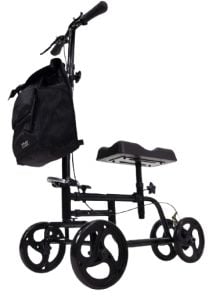
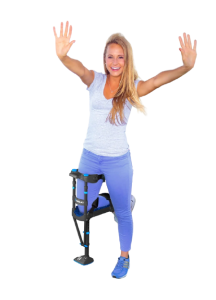
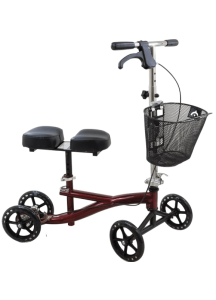
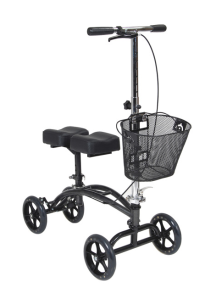
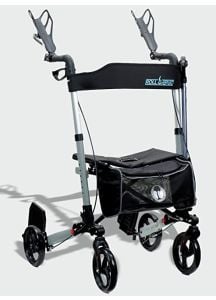
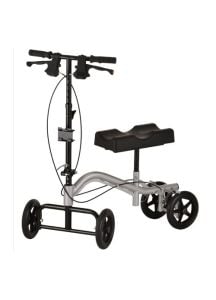
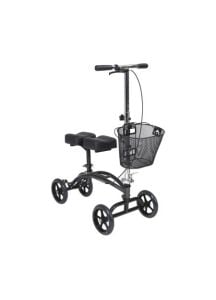
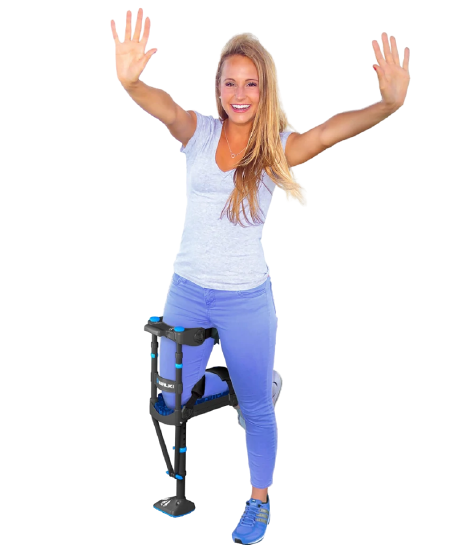
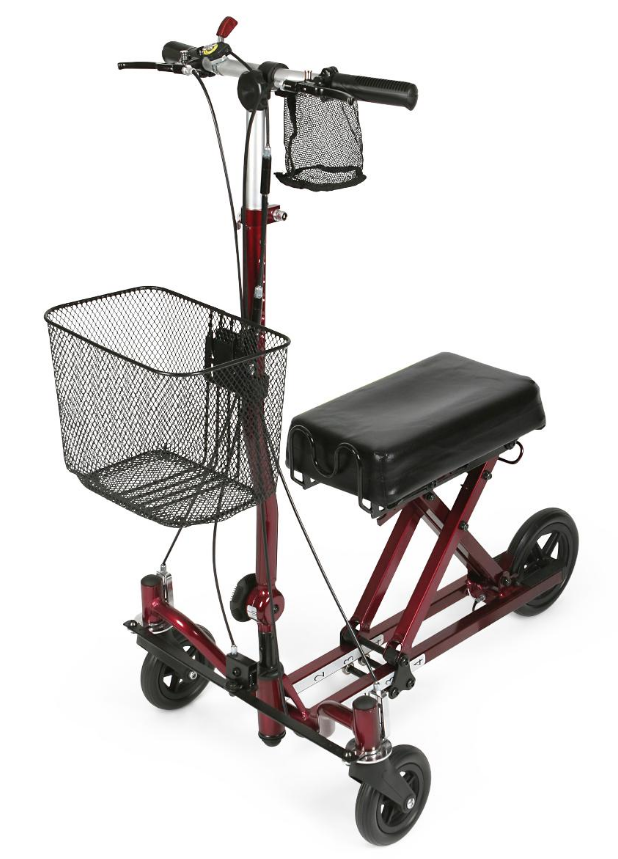
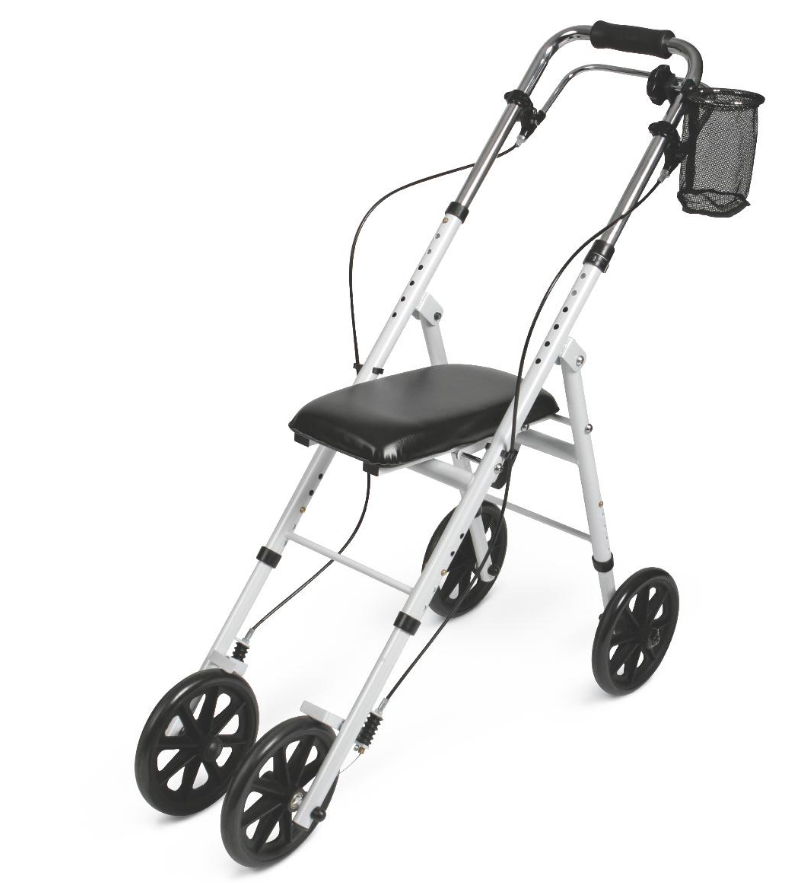
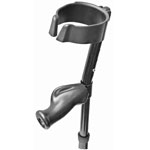
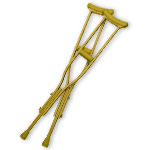
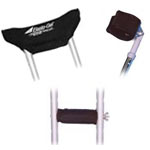
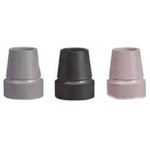
Login and Registration Form